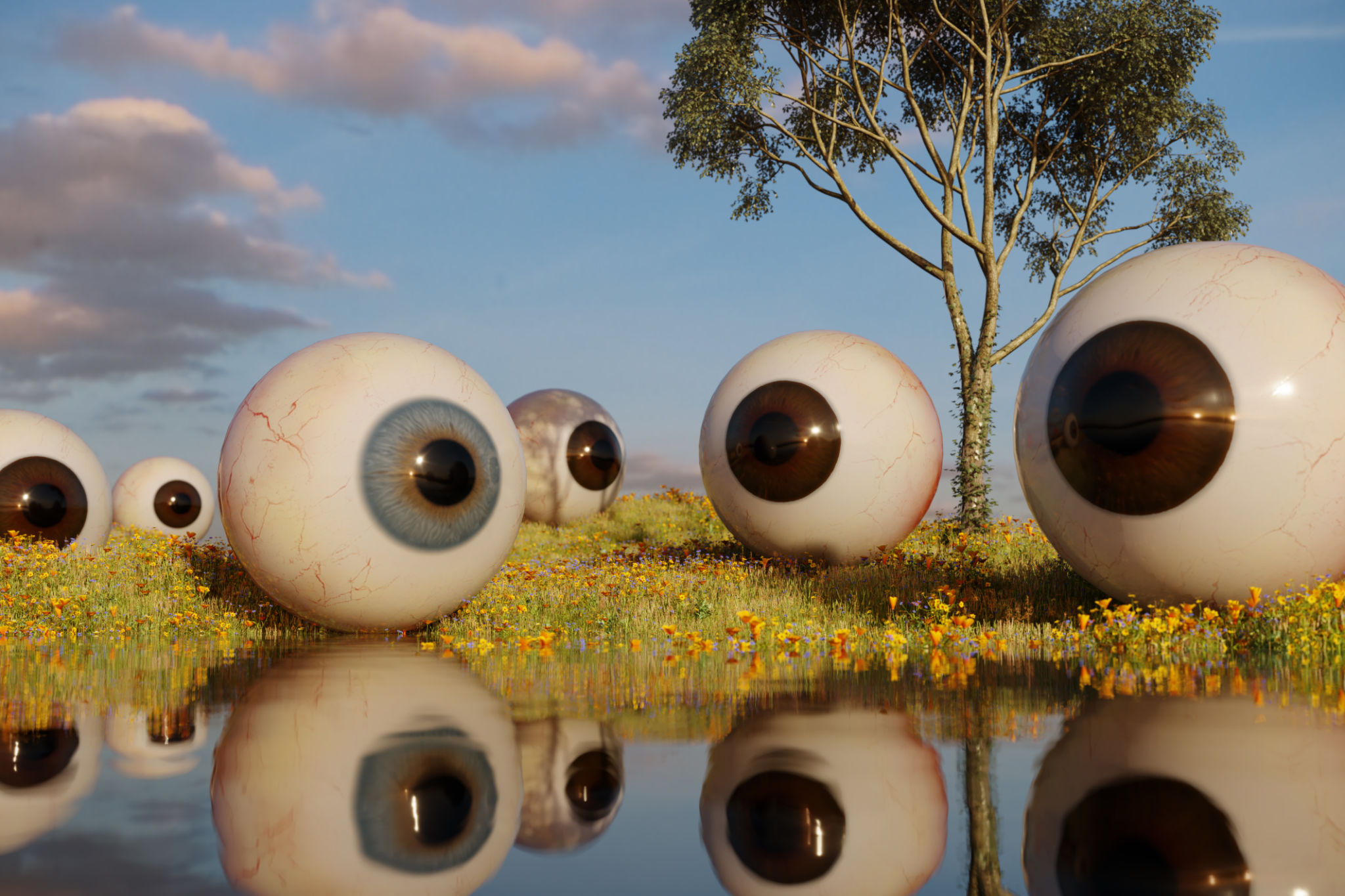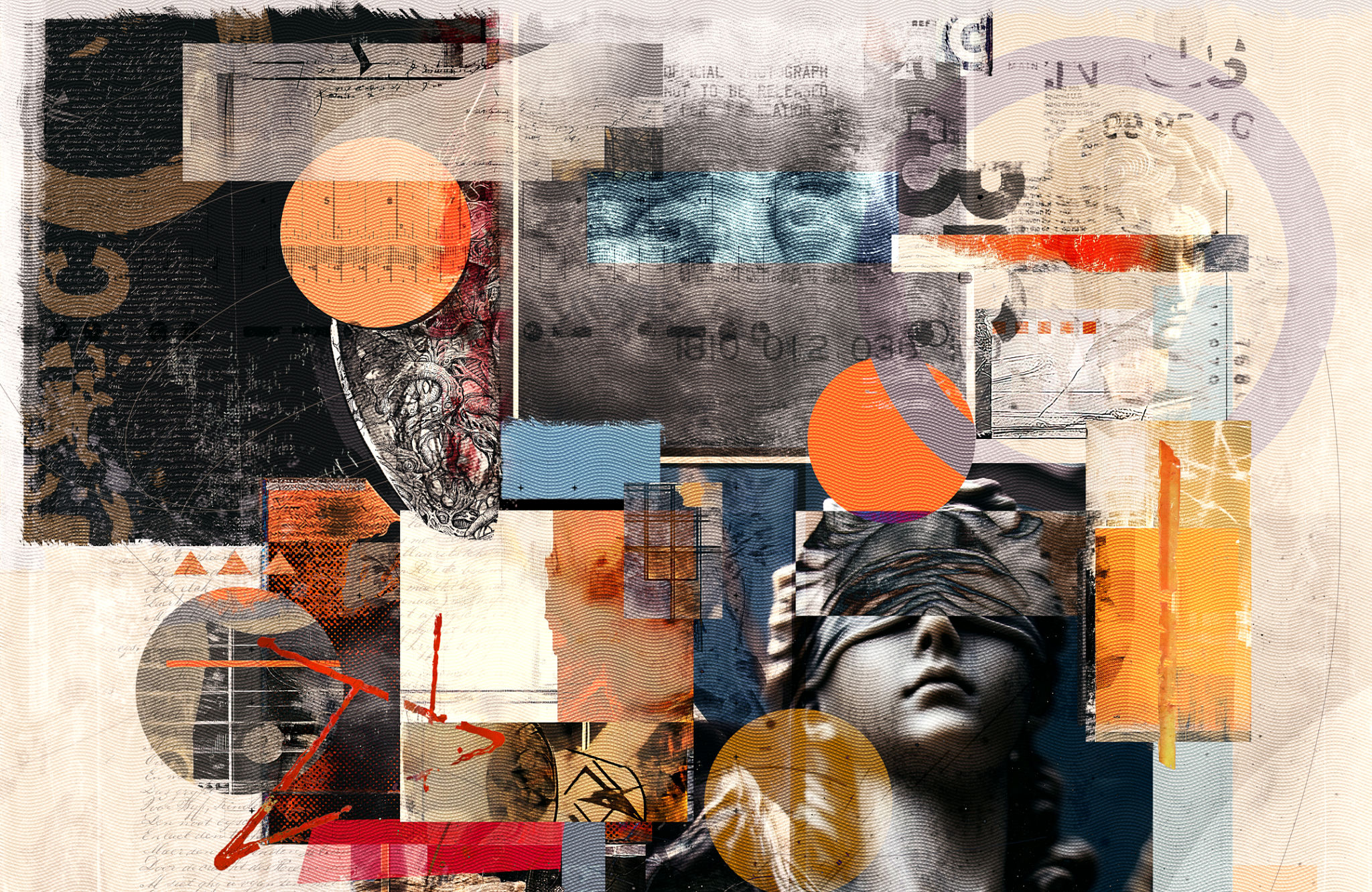Expert Tips for Developing a Unique Artistic Style
Understanding the Importance of a Unique Artistic Style
Developing a unique artistic style is crucial for standing out in the art world. It not only helps you create a personal brand but also allows your work to be instantly recognizable. A distinct style can make your art more memorable and desirable to collectors and galleries alike.

Exploring Various Mediums and Techniques
One of the best ways to develop a unique style is by experimenting with different mediums and techniques. Whether it's painting, sculpture, or digital art, each medium offers a new avenue for creativity. By trying out various tools and materials, you can discover what resonates with you and what feels natural.
Consider mixing mediums to create something entirely new. For example, combining watercolor with ink or using digital tools to enhance traditional artwork. This approach can lead to unexpected results that contribute to your style.
Analyzing Influences and Inspirations
Every artist has influences, whether they come from other artists, nature, or personal experiences. Analyze what draws you to certain works and how you can incorporate those elements into your own art without imitating them. Create a mood board or a collection of works that inspire you to visualize your influences.

Embracing Your Unique Perspective
Your life experiences, background, and personal views contribute significantly to your artistic voice. Embrace these elements to infuse authenticity into your work. Share your story through art, and let your perspective shape your style.
Don’t shy away from expressing unconventional or controversial ideas if they resonate with you. Authenticity often leads to innovation, setting your work apart from others.
Practicing Consistency and Patience
Developing a unique style doesn't happen overnight. It requires consistent practice and patience. Dedicate time to your craft, and allow yourself to make mistakes and learn from them. Regular creation helps refine your techniques and gradually shapes your style.

Seeking Feedback and Iteration
Feedback is invaluable for growth. Share your art with peers, mentors, or online communities to gain different perspectives. Constructive criticism can provide insights into areas you might overlook and suggest improvements.
Use this feedback to iterate on your work. Sometimes, small changes can lead to significant developments in your style.
Documenting Your Artistic Journey
As you experiment and evolve, document your artistic journey. Keep a sketchbook, journal, or digital portfolio to track your progress. This documentation helps you see how far you've come and identifies recurring themes and techniques.

In conclusion, developing a unique artistic style is a journey of exploration, practice, and self-discovery. By embracing your individuality and continuously experimenting, you can create a style that is both personal and distinctive. Remember, the art world is vast, and there's always room for authentic voices and innovative styles.
